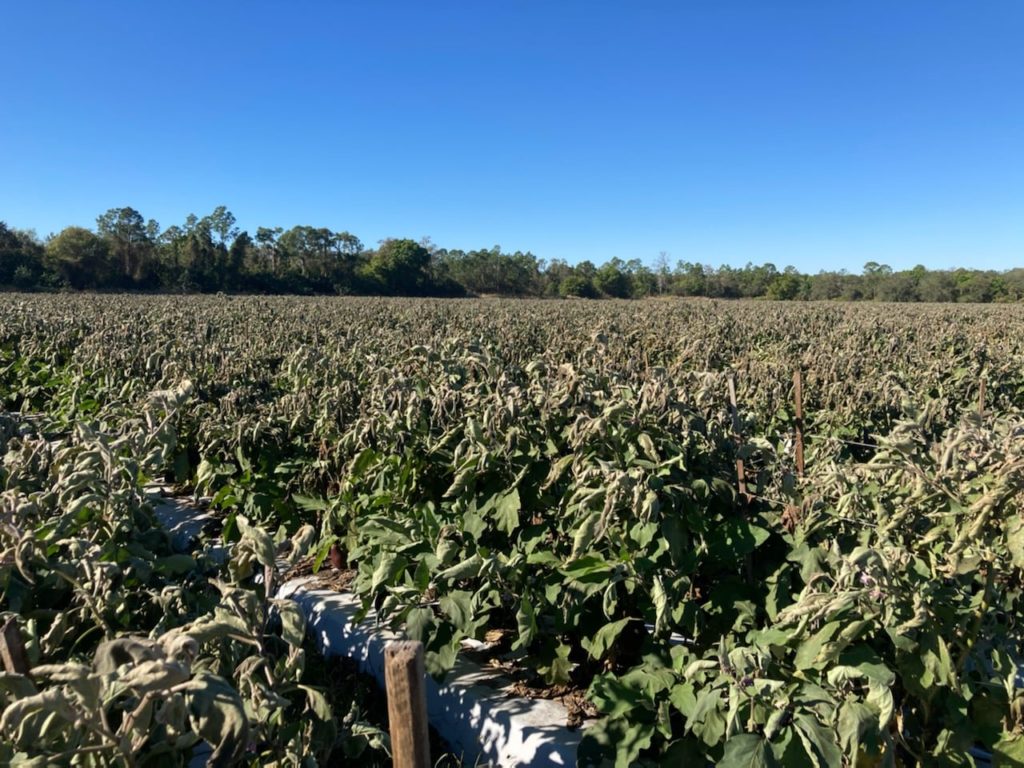Clint Thompson
Farming in South Florida usually provides the best frost protection. But not in 2022.
The impact of last weekend’s sub-freezing temperatures on vegetables is likely to create a void in the supply chain, believes Wade Purvis, who farms in Immokalee, Florida and is part of the Farmers Alliance. The result could lead to an influx of imports from other countries like Mexico.
“The crops that got impacted the worst were probably the beans and the corn. It just wiped out so many acres and mortally wounded the rest of them. The peppers and tomatoes, it’s going to create some voids where you’re going to have periods of time where you just don’t have anything (in the market),” Purvis said.

“It burnt the tops out of them which damages all of the blooms. It hurt them good. The watermelons, anything that was in the northern growing areas, it put everybody back in their slot. These mild winters, people have been pushing the envelope. This kind of stung everybody back.”
With a gap in the supply chain, Mexico is in a position to exploit the opportunity by charging higher prices for its produce. Consumers could ultimately pay even more in grocery stores.
“They’ll be seeing a lot more stuff, perhaps from Mexico. There will be an influx of that. They’re not without some issues from what I understand, but they’ve got crops down there that will be coming this way,” Purvis said. “I can’t imagine there not being some higher prices.”
The frigid weather conditions were not new for South Florida, but it has been a while. Purvis said the last bad freeze event occurred in 2009-10.
“This was as bad as either one of them. The characteristic of this one that is profound to me was, I’ve been here a long time, I’ve never seen a harder, whiter frost than it was this time. There was frost in the palmetto patches,” Purvis said.









